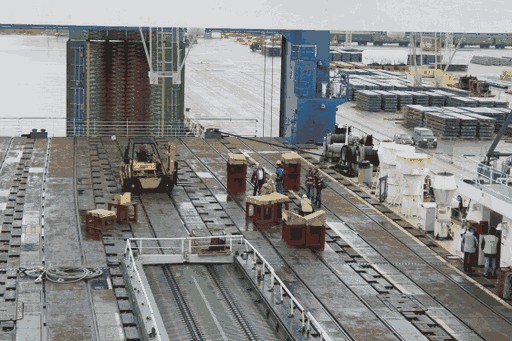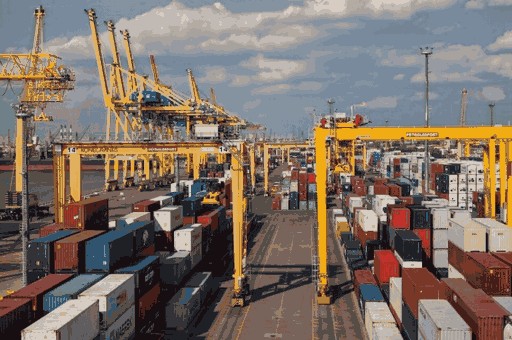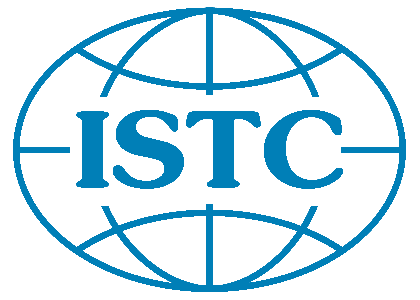Marine Terminal Stevedore
Marine Terminal Stevedore is a person who prepares the berth for mooring, carries out loading and unloading operations, processing operations for ships, railway rolling stock, vehicles and other vehicles and controls the timing of their processing in accordance with the shift-day plan-schedule and other regulatory documents.
A wide range of cargoes are processed at sea terminals, including dangerous goods, containers for various purposes (including specialized ones), tank containers, bulk cargo and cargo of other categories. Some specialized marine terminals have registered hazardous production facilities. This requires high qualifications and discipline of all personnel involved in loading and unloading operations. In this case, special responsibility is assigned to such a category of company personnel as the Marine Terminal Stevedore. The stevedore plans cargo operations, manages the work of tallies and dock engineers, prepares transport documentation and performs a number of other functions necessary to ensure the safety of cargo operations at the terminal. Special responsibility falls on the Marine Terminal Stevedore when carrying out cargo operations with dangerous goods.
The stevedore must have a higher or secondary specialized education, and also regularly, at least once every 5 years, undergo advanced training. To successfully manage all types of work with dangerous goods at the terminal, the stevedore must know the provisions of international and national rules, guidelines and recommendations, primarily such as UN Model Regulations for the Transport of Dangerous Goods, Globally Harmonized System of Classification and Labeling of Chemicals, Guidelines on UN Tests and Criteria, International Maritime Dangerous Goods Code (IMDG Code), Regulations to the European Agreement Concerning the International Carriage of Dangerous Goods by Road (ADR), Regulations to the European Agreement Concerning the International Carriage of Dangerous Goods on Inland Waterways (ADN), Annex 2 пїЅTransport of Dangerous GoodsпїЅ to the Agreement on International Goods Transport by Rail, Regulations Concerning the International Carriage of Dangerous Goods by Rail (RID), International Convention for Safe Containers, 1972 (CSC), IMO Recommendations on the safe transport of dangerous goods in port areas and related activities, etc.
The training programs for Marine Terminal Stevedores at the ISTC are built taking into account international practice in training specialists in this category. Experienced teachers and experts help students in a short time to master the basic provisions of international documents, national regulations and master the practice of their application.
The activities of a stevedore at terminals for various purposes may have features determined by the specifics of the terminal, the physical and chemical properties of the cargo being processed and the types of vessels moored at the terminals for loading and unloading, therefore Marine Terminal Stevedore training programs take into account these specifics. In accordance with the above, the ISTC implements training programs that take into account the characteristics of specific marine terminals and the job responsibilities of stevedores and are agreed upon with customers before the start of classes.
Based on the results of training followed by certification at the International Dangerous Goods and Containers Association (IDGCA), graduates receive advanced training certificates and пїЅMarine Terminal StevedoreпїЅ certificates of international standard. Certificates issued by IDGCA are protected by patent.
The program is provided on request





